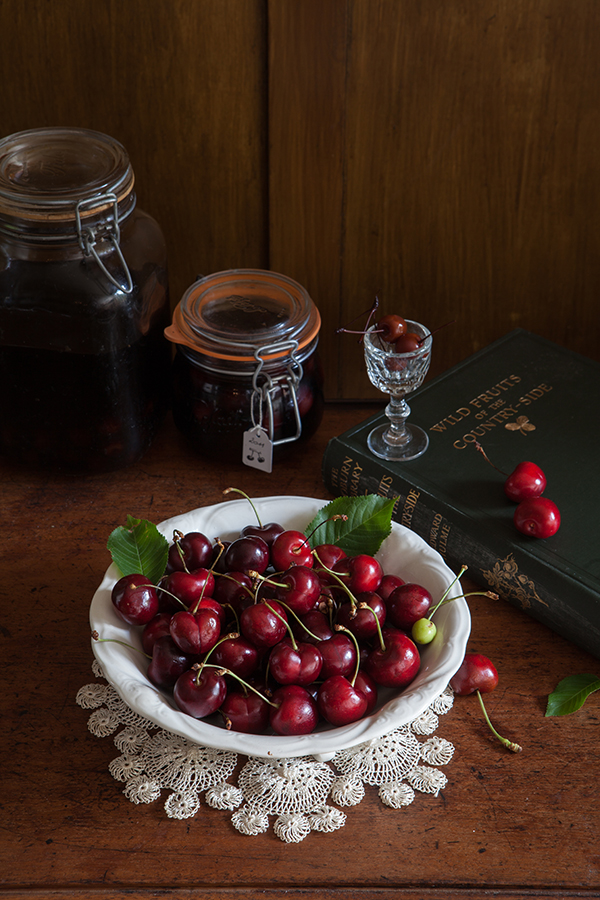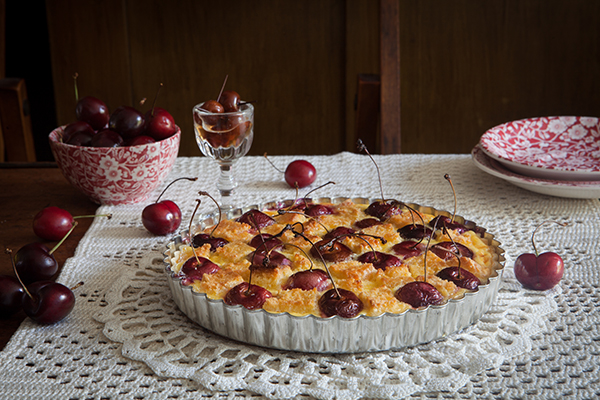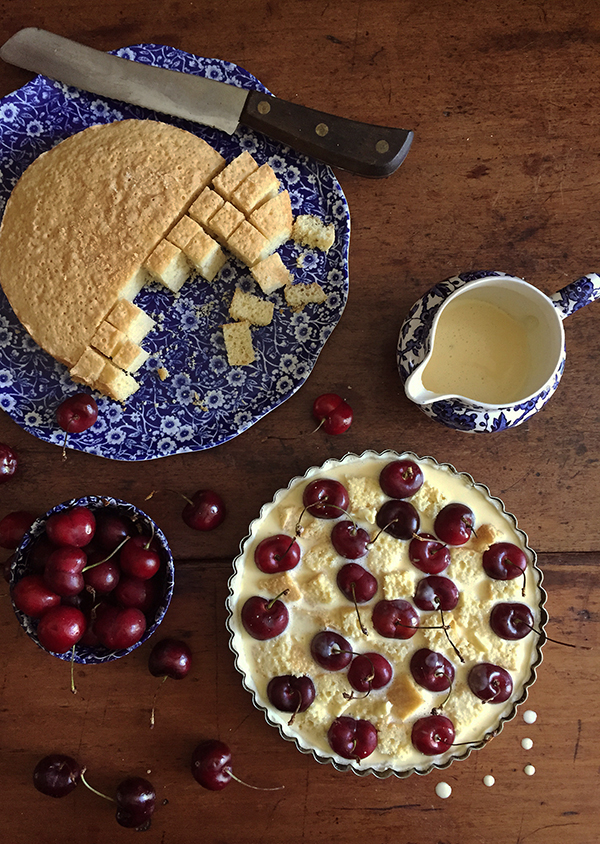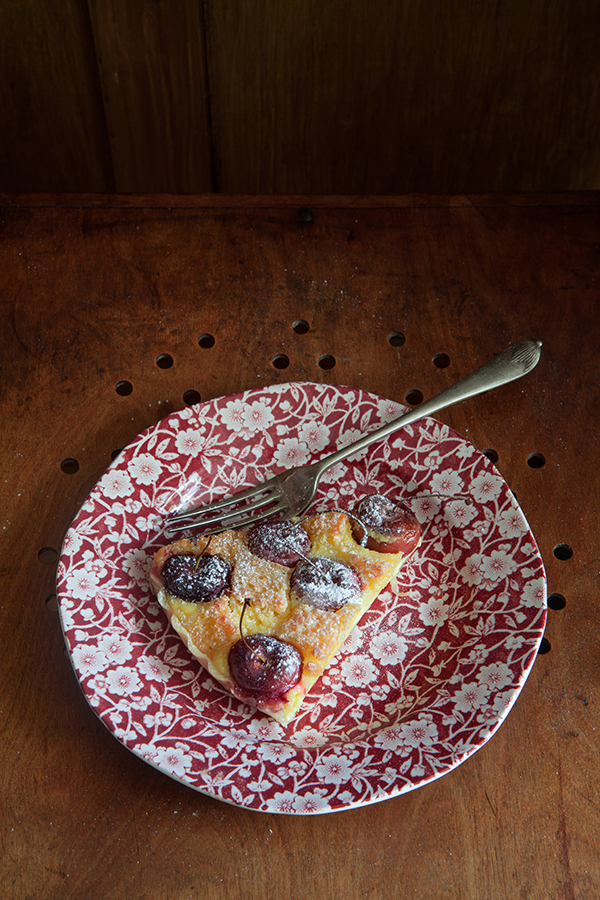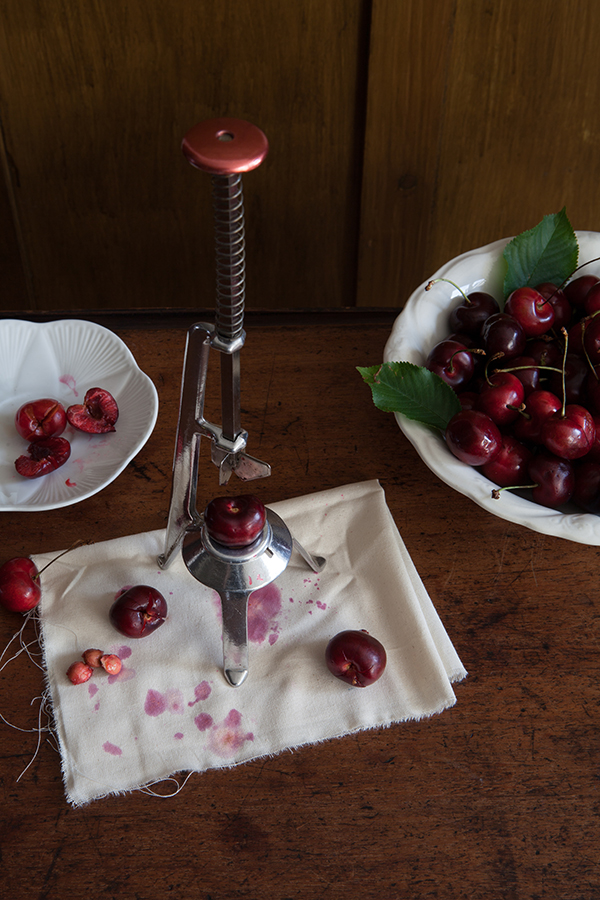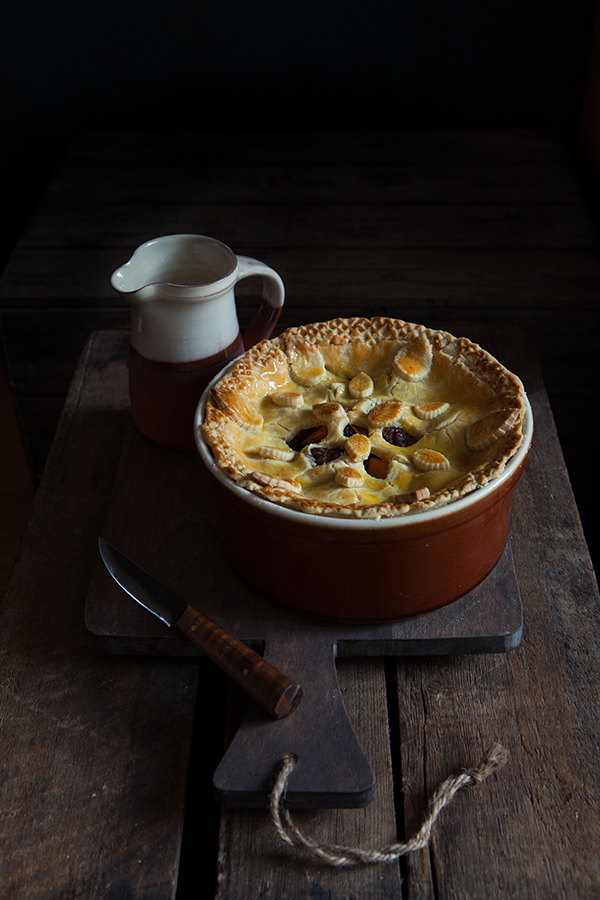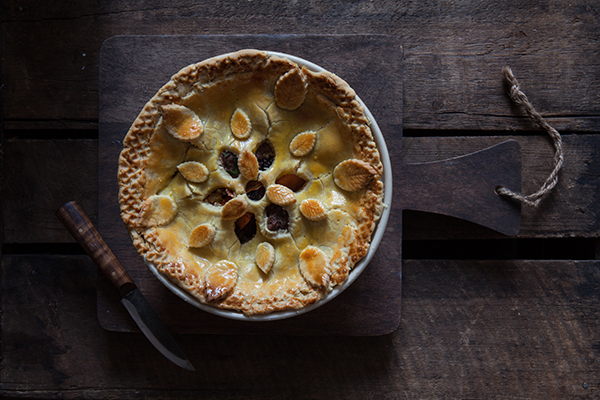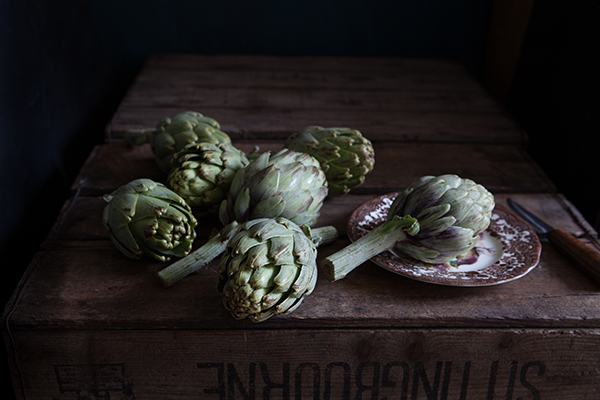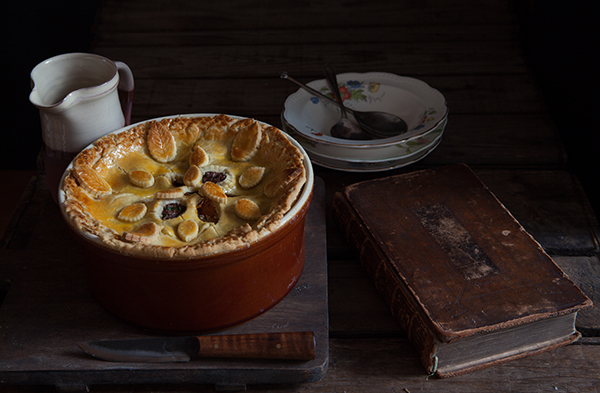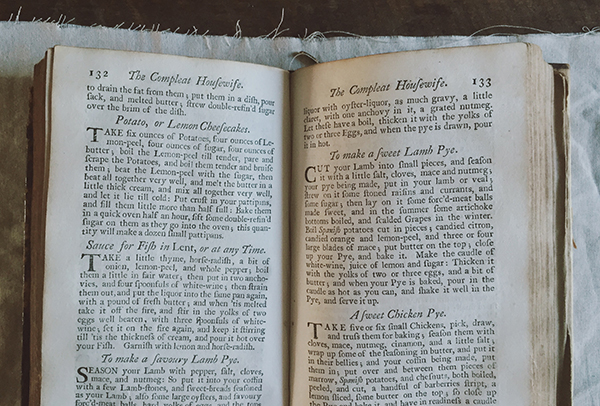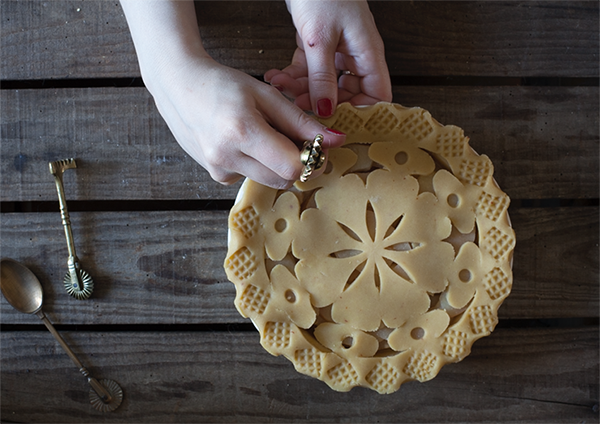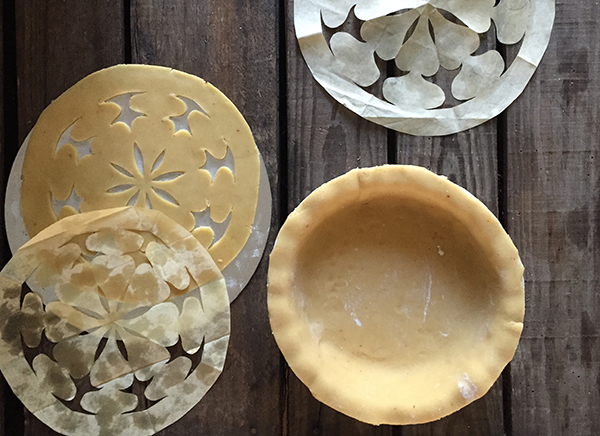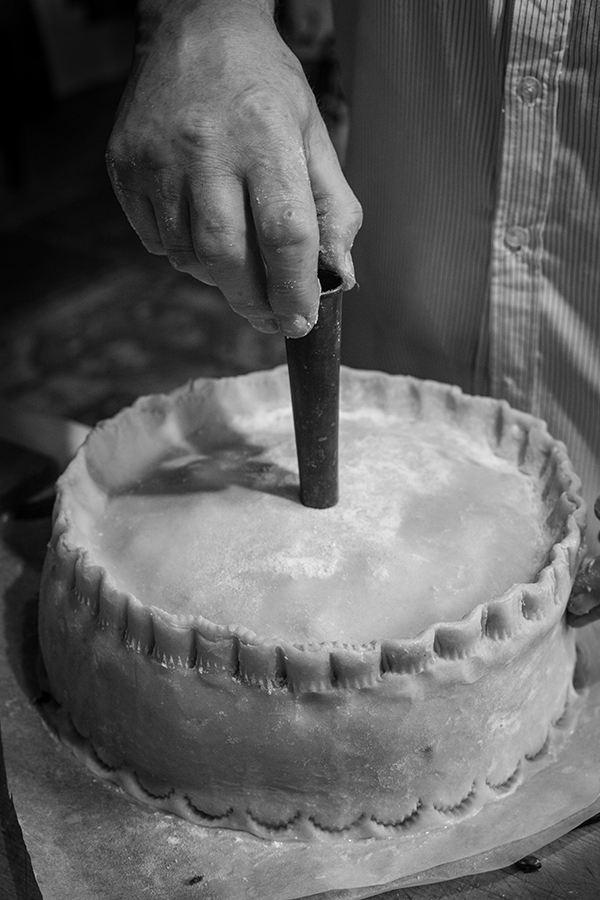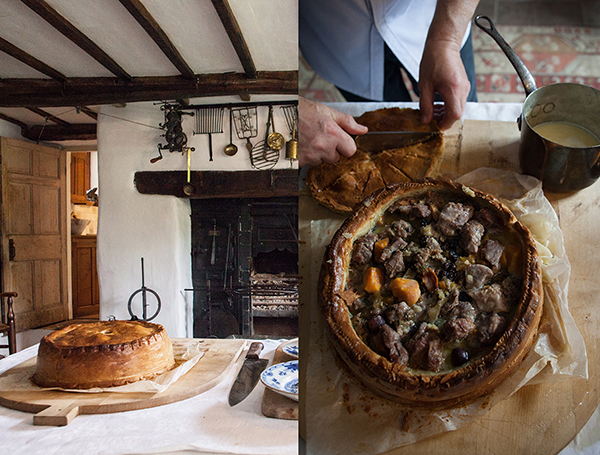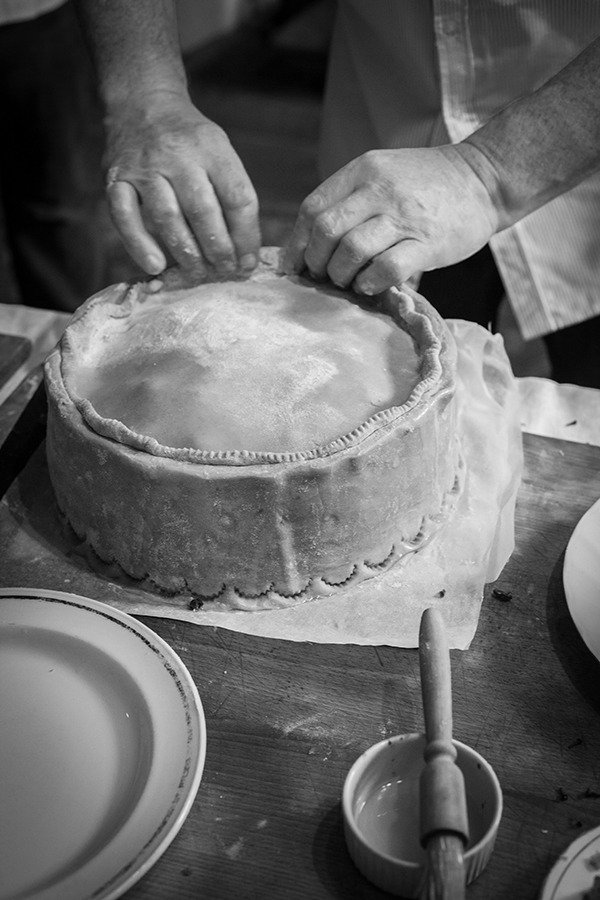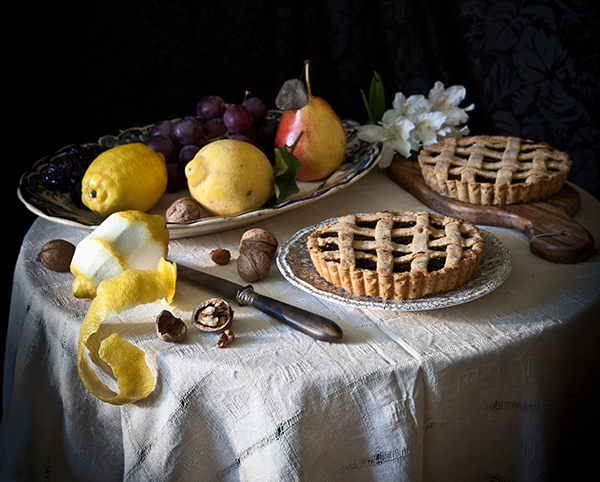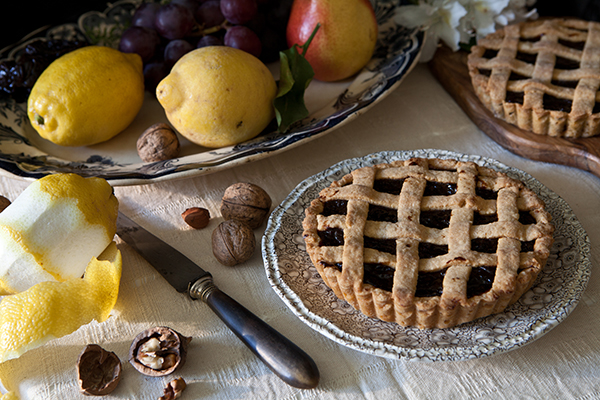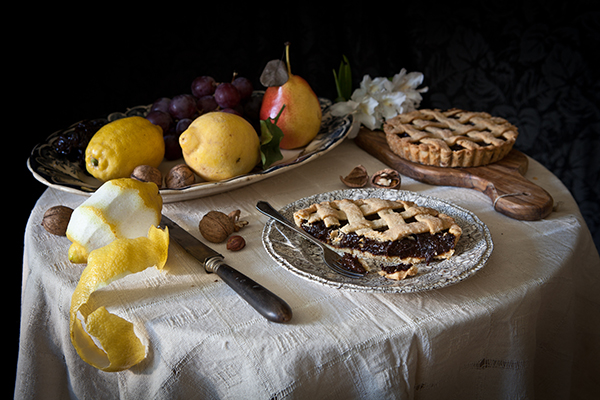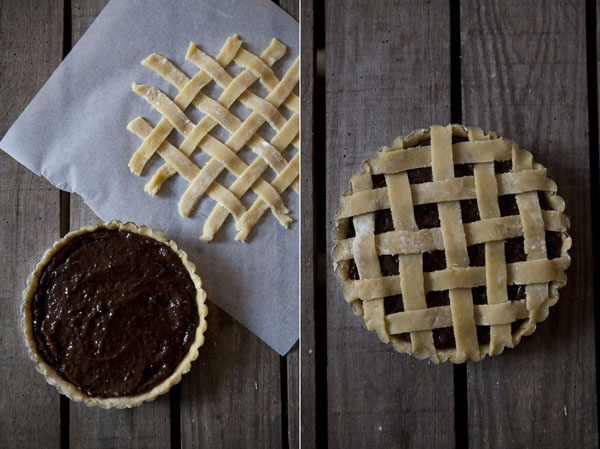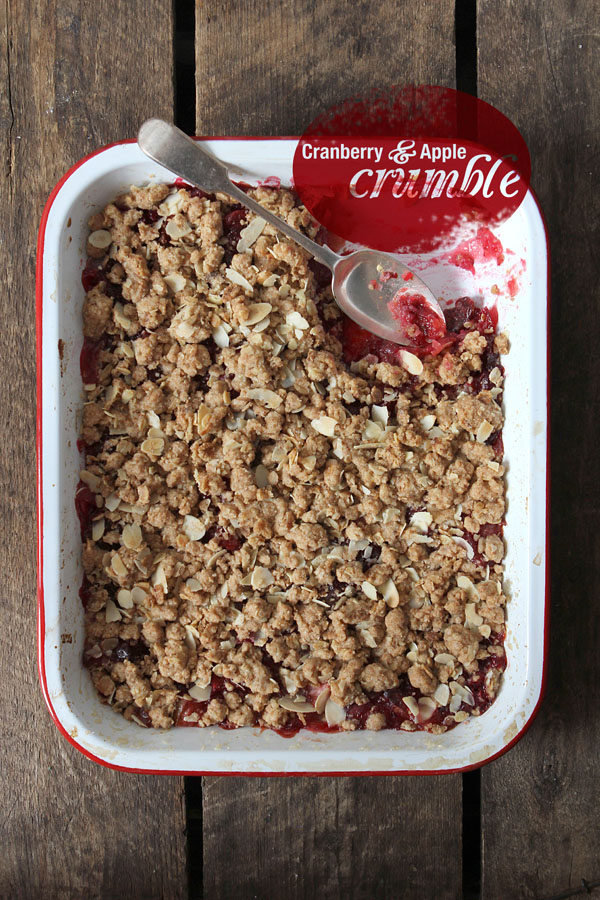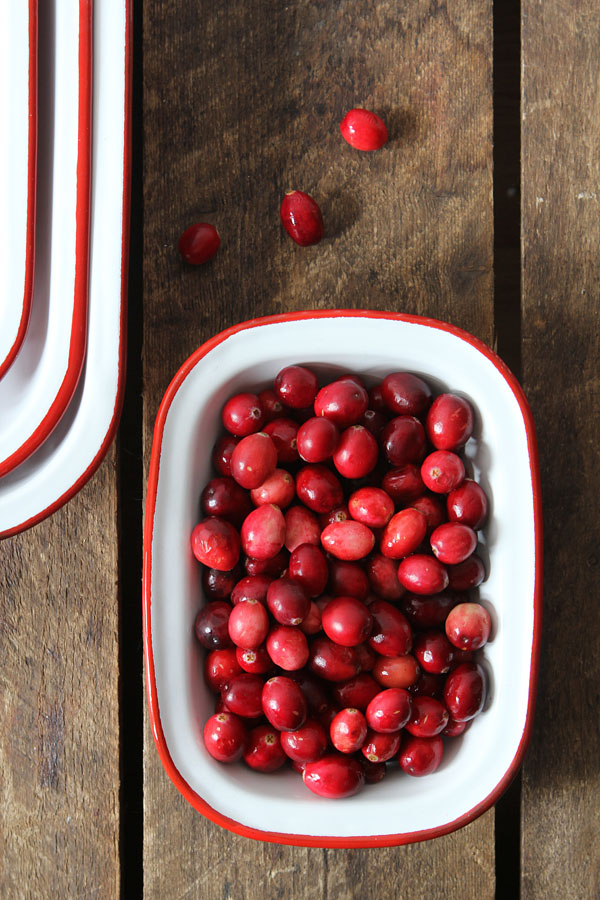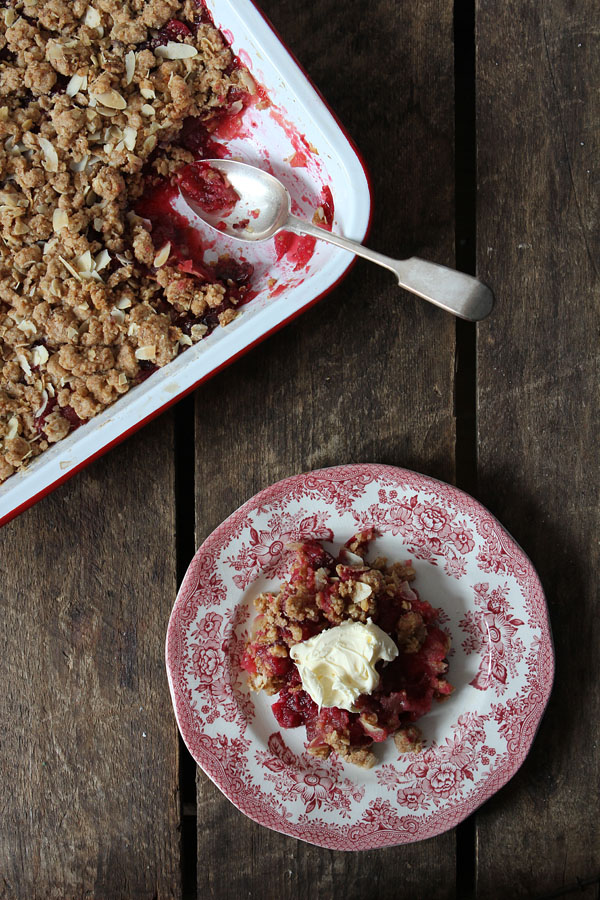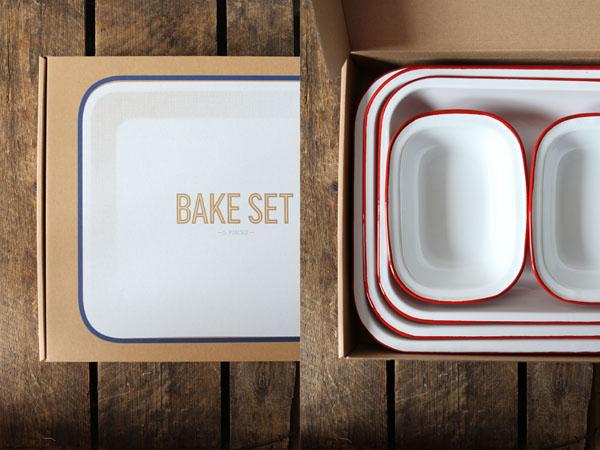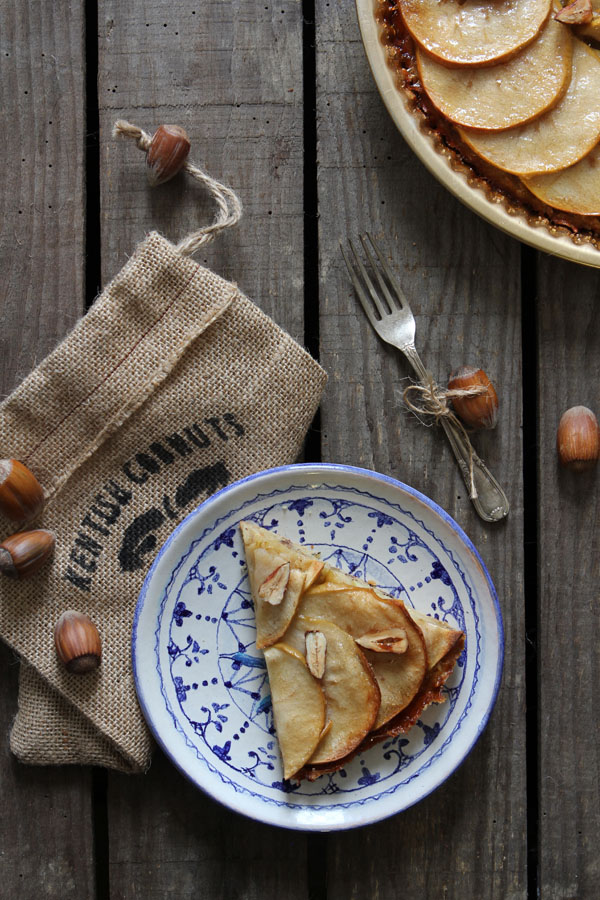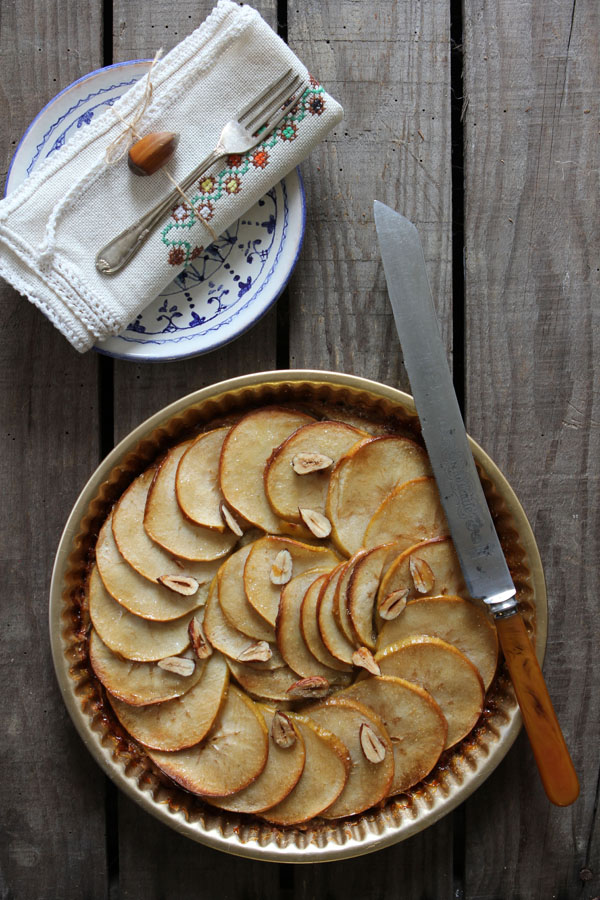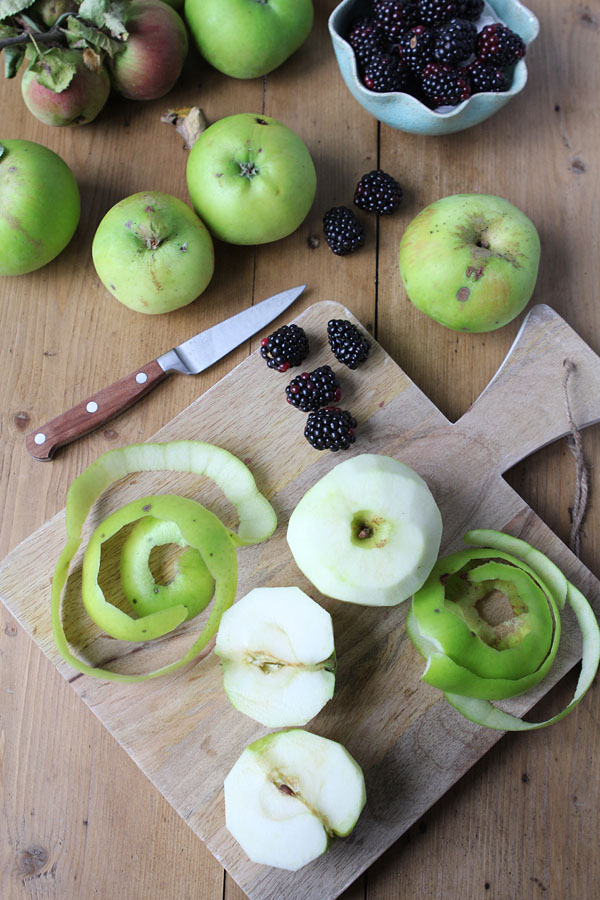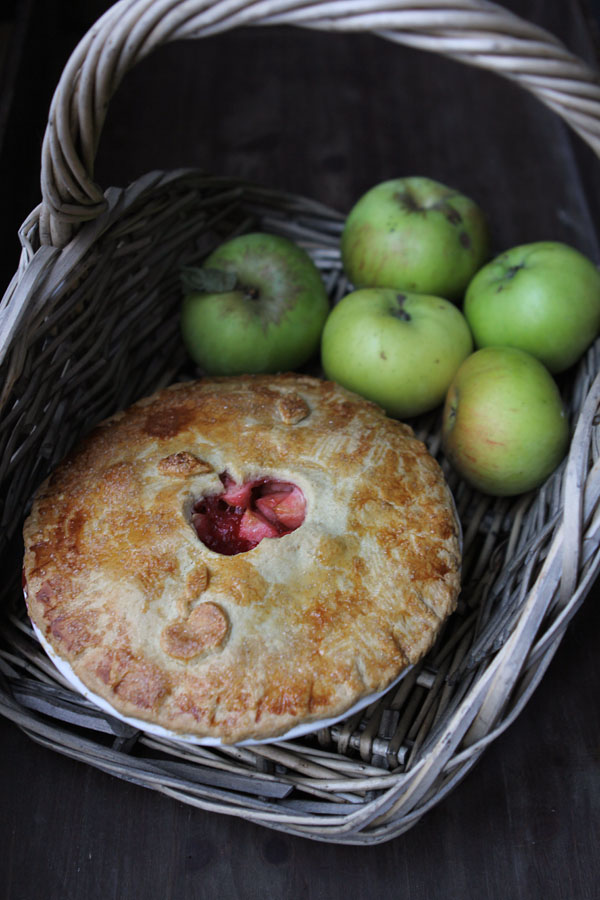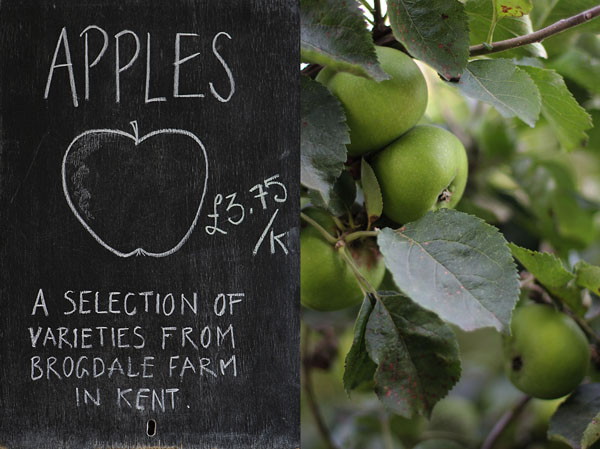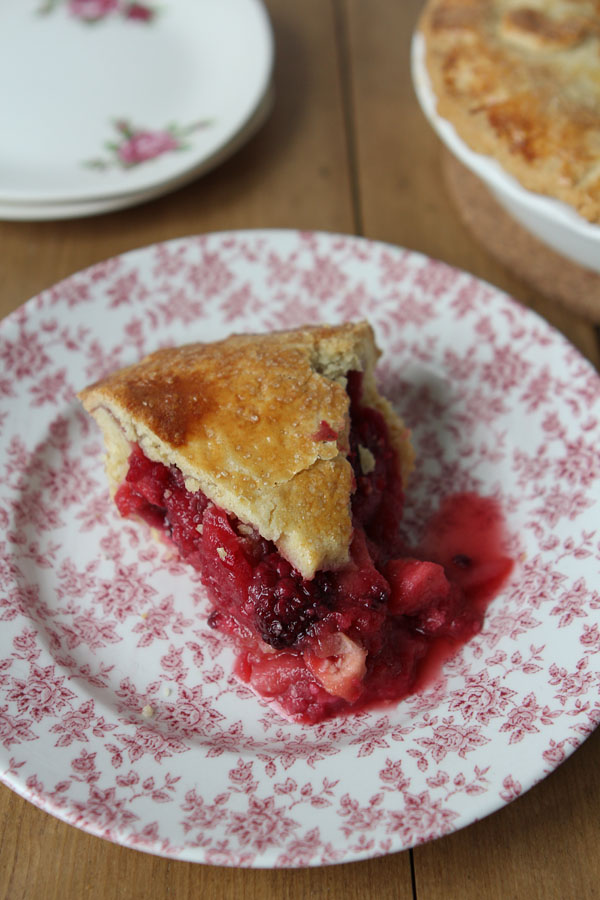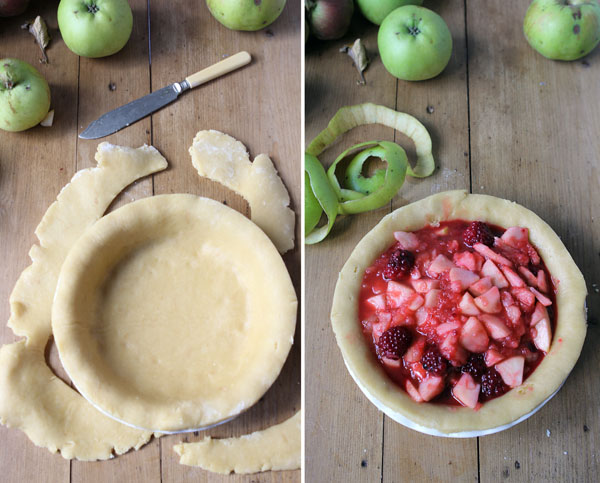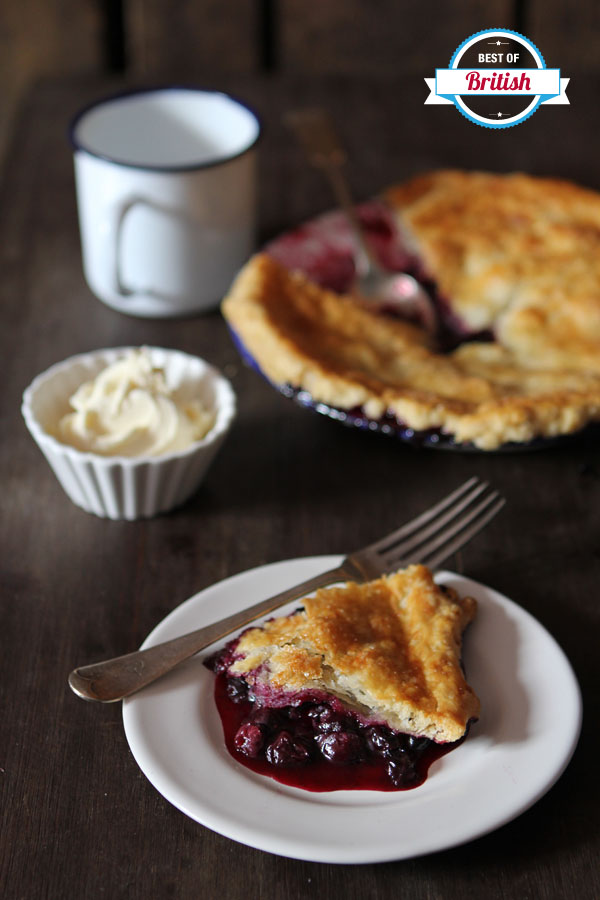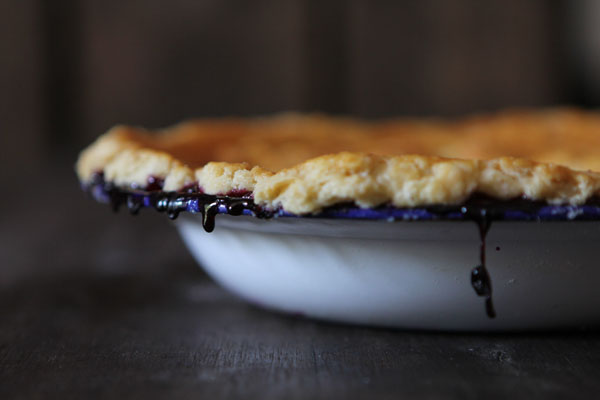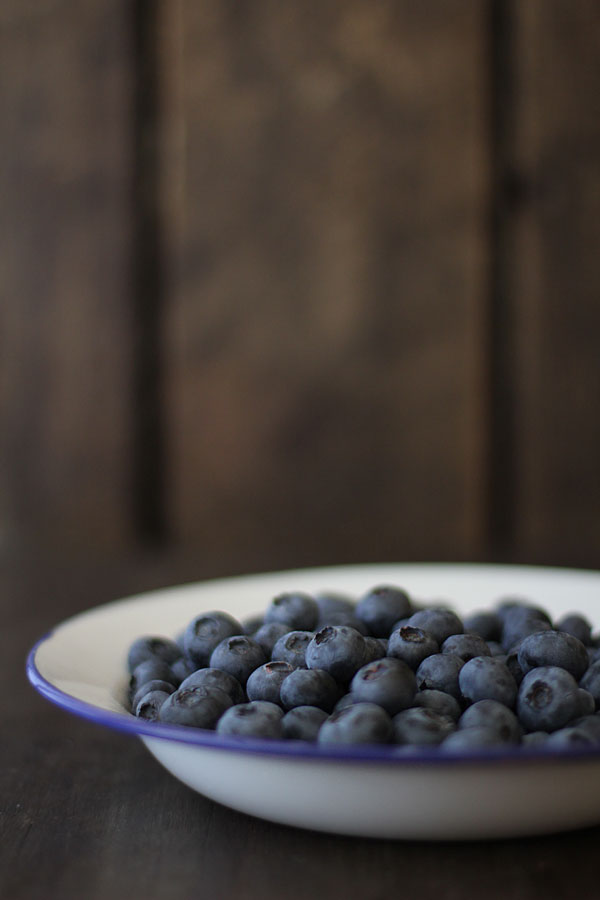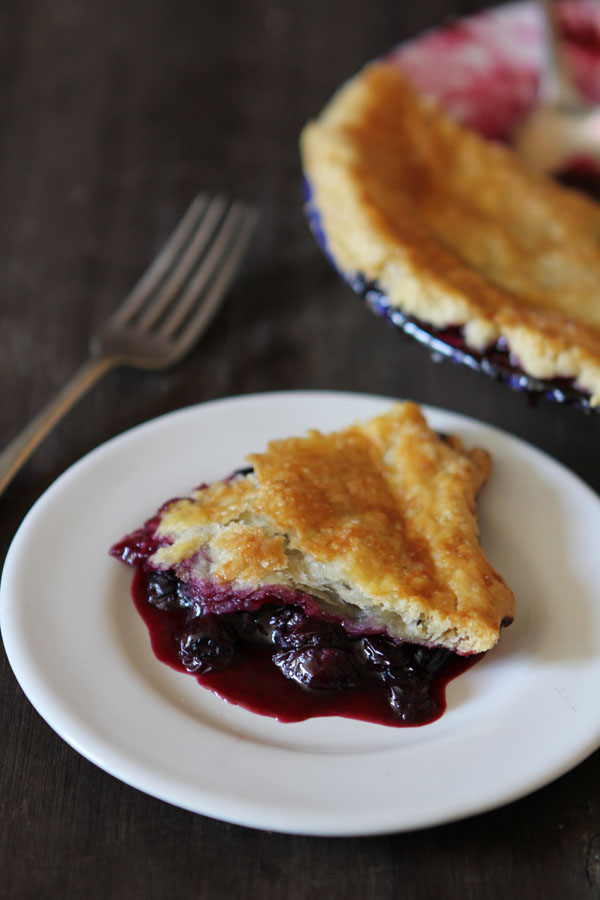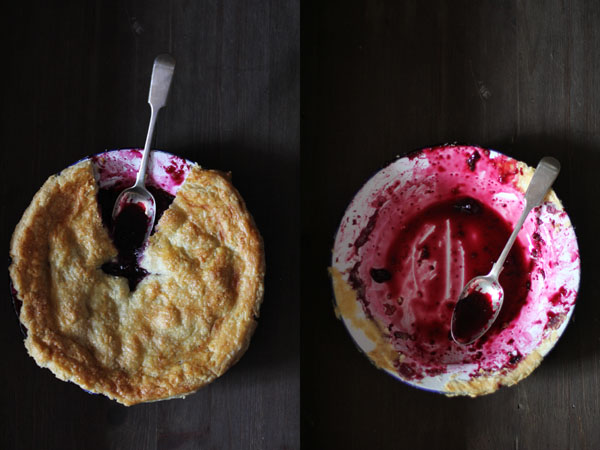When I was a little girl my parents and I used to travel around Hungary in the summer. I can still remember the warm climate, and the little dresses I wore, many of which I have in a shoe box upstairs. What I also remember is the Bed and Breakfast, back then called ‘Zimmer frei’ in Hungary, which was run by an old couple. The woman looked a lot like my aunt and the man I can’t remember much. Their house was large for Hungary and by a main road, not far from a little restaurant by the river Danube where I always ate a very good omelette for supper.
Our time with the old couple was like staying with your grandparents, sure communication was complicated, they spoke a little German, so did my parents, and I as a four year old strangely enough spoke a good word of German too. They were loving people and love can be shown without the language barrier. Each day we entered our room, the old lady surprised us with a large stone bowl of the most plump cherries I have ever seen. As a child, and a picky eater, those cherries were some kind of heaven. Food I knew, and was so expensive at home that I could never really eat so many that my fingers would be stained in cherry juice.
And every day a bowl appeared, and every day we were greeted by the most loving smiles and gestures by these two wonderful people.
Two years after our last visit to the old couple’s Zimmer Frei we decided to do a detour and stay with them for a couple of nights. I requested it especially because I was eager to see my Hungarian grandparents as they had become to be for me. My parents too had never encountered such kindness and were eager to stay there again too.
So we drove to the rather large Hungarian house and as we parked the car I ran towards the door where the old lady – she must have been in her early seventies – was sitting in her chair.
But while I was running towards her the first thing I noticed was the anxious look in her eyes, and then the dress that she wore. As before she always wore granny clothes, now she was wearing a black embroidered dress with a deep decollete and very large earrings.
Anxious as she was, but really happy to see us, she told my parents that she would love it if we would stay but that she was no longer a Zimmer Frei since her husband had died the year before.
I wondered what the young girls were doing there if she wasn’t offering lodgings anymore, and somehow, while she was showing us to our room and I saw how the house had changed and lost all its granny appeal, I knew. I knew without without having the knowledge of years.
Heartbroken and realising that there might not be a bowl of cherries in our room each day, and hurt by the uncomfortable anxious look in my Hungarian grandma’s eyes we said we’d go for dinner and then come back to decide if we would stay.
The granny had tears in her eyes, and I felt like she was holding on to the summers and the bowls of cherries as much as I was doing. But those times were gone. The light had gone out in the rather large Hungarian house. It was replaced by sorrow, regret, and a need for survival.
So we ate an omelette at the restaurant by the river, and my parents gave me the choice on whether to stay at the granny’s house. Too young to understand what was happening at the house, but old enough to feel there was something wrong, I told them that I felt that it wasn’t right for us to stay there.
So we drove back to the granny’s house, and said our goodbyes, granny still trying to convince us we were so very welcome. But I was feeling so very sad. I could not understand what had happened and somehow I knew that by staying we would not only make her happy, we would also maker her very sad.
She had made her choice, and there would be no more bowls of cherries.
I hope she was at peace at the end of her life, so very long ago.
In her memory I have prepared this cherry tart, inspired by 18th century tarts, some of which you’ll find in my upcoming book. It’s a perfect tart to make when you have leftover sponge cake, that way you don’t need to bake a cake especially. The tart has a pleasant texture, though not like the tarts you are probably used to. Let me know if you’ve tried it!
x R
Cherry tart with curstard and sponge cake
What you need
Shortcrust pastry
- 180 g white flour
- 100g cold butter
- 20 g icing sugar
- tiny pinch salt
- 1 egg yolk
- 1 tbsp of cold water
Custard
- 250 ml cream
- 3 egg yolks
- a blade of mace
- a stick of cinnamon
- 1tbsp of raw cane sugar
Filling
- Sponge cake, preferably stale
- 2 tbsp of brandy (optional)
- a punnet of cherries
- 2 tbsp of unsalted butter – or bone marrow
- 22-24 sized pie pan or plate


